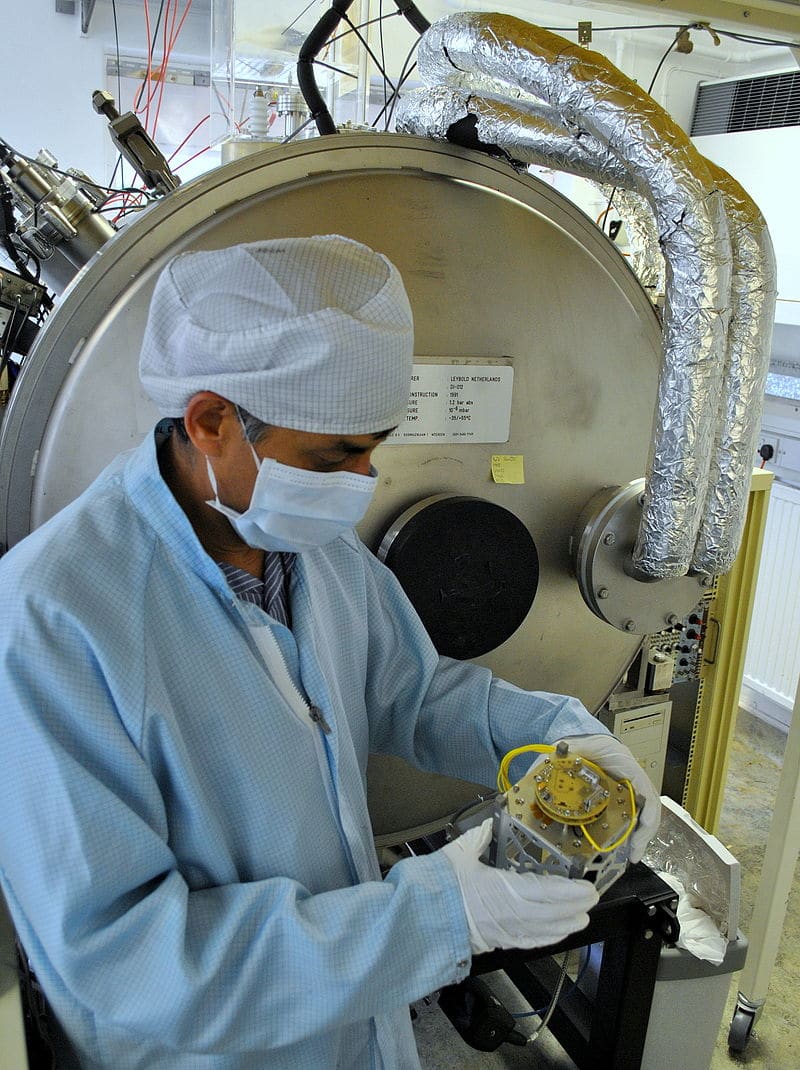While the ability to launch satellites into orbit has become an old hat to most Americans, you might be surprised to realize that precious few countries maintain the independent capacity to get anything into orbit. Iran, an aggressive state stifled economically by overlapping international sanctions, has continued slow and steady progress on their space program, in large part (many believe) as a means of testing platforms that could eventually be used as delivery vehicles for nuclear weapons.
Last week, Iran added to their short list of space victories with the successful deployment of a military surveillance satellite the nation’s Revolutionary Guard claims will expand their military capabilities and help position them to better compete with military and orbital powerhouses like the United States.
Iran’s longstanding beef with the U.S. dates back to the 1979 Iranian revolution, in which the U.S. backed national leader Shah Mohammad Reza Pahlavi was overthrown in favor of an Islamic Republic under the Grand Ayatollah Ruhollah Khomeini. Since then, Iran has played an active role in supporting, funding, and training terrorist organizations around the world through their Al Quds force, and have been seen as a consistent source of instability throughout the Middle East. The satellite launch last week coincided with the 41st anniversary of Khomeini founding Iran’s Revolutionary Guard force.
Most recently, Iranian Revolutionary Guard fast attack boats began harassing U.S. Navy vessels passing through the Strait of Hormuz as they head into the Persian Gulf, prompting President Trump to tweet that American ships will start firing on the small Iranian gunboats if they continue their aggressive behavior.
Which brings us back to Iran’s latest space-victory, the deployment of a military reconnaissance satellite. Iran’s ongoing blood feud with the West and its allies force a close eye on these sorts of developments, as even a modest expansion of space assets could feasibly offer Iran and the terror groups it backs greater strategic capability throughout the region; that is, if the new satellite was actually as advanced as Iran claims… and according to General Jay Raymond, the commander of America’s newly established Space Force, it isn’t.
@US_SpaceCom continues to track 2 objects @PeteAFB’s @18SPCS associated w/#space launch from Iran, characterizing NOUR 01(#SATCAT 45529) as 3U Cubesat. Iran states it has imaging capabilities—actually, it’s a tumbling webcam in space; unlikely providing intel. #spaceishard
— General Chance Saltzman (@SpaceForceCSO) April 25, 2020
For anyone that may not be clear on what the good general was saying, he references two objects that the Space Force has been monitoring that seem to have been released by the Iranian launch. He characterizes them as “Cubesats,” which is an industry term for U-class spacecraft–or are miniaturized satellites that usually measure at around 10 cm by 10 cm by 10 cm. These tiny satellites have seen a lot of interest in recent years, as they usually leverage off-the-shelf technology and can be deployed in great numbers by a single rocket, thanks to their tiny size, making them an economically friendly solution for many space experiments.
Of course, the downside to using off-the-shelf tech and cramming it all into a tiny container is that you don’t end up with a particularly capable surveillance platform. Especially one tasked with taking images of the earth below.

With a better understanding of the size Iran’s new satellite is, it makes sense that General Raymond called it a “tumbling webcam in space.” It’s hard to imagine Iran gathering a great deal of strategic data from such a small platform… but that doesn’t mean this launch isn’t still something to warrant the concern of Iran’s enemies.
As previously mentioned, it seems likely that Iran’s rocket launches are thinly veiled missile tests, meant to ensure they have the ballistic missile technology they need to leverage nuclear weapons once they develop and miniaturize them sufficiently for a warhead.
So while, General Raymond may be right about the capabilities of Iran’s new pride and joy, it’s not a bad thing that the Space Force is keeping an eye on it.



